Virtual Museums
FARID KARAM M.D. LEBANON ANTIQUITIES COLLECTION
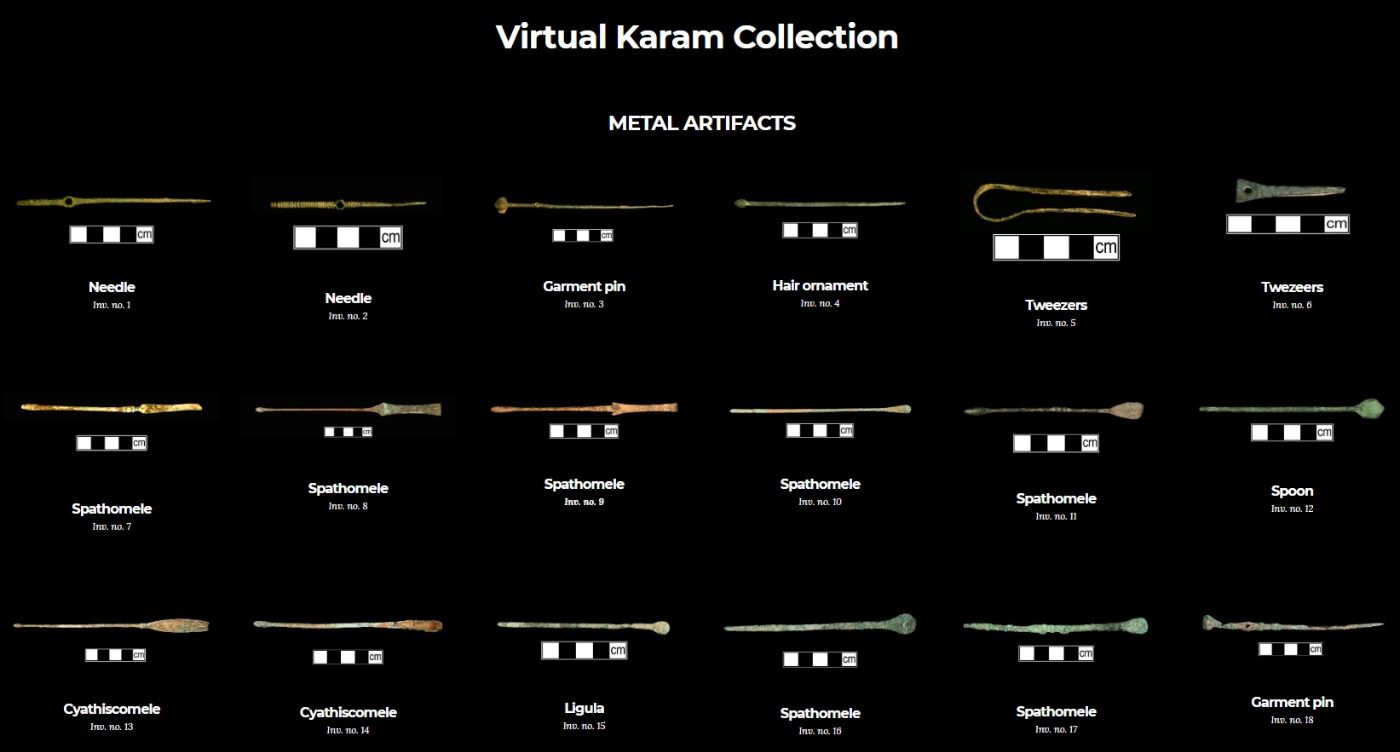
In 1998, a collection of 149 archaeological artefacts from Lebanon, ranging from Middle Bronze Age to Early Medieval period, was donated to University of South Florida (USF) Libraries' Special Collections by Dr Farid Karam with the agreement that it would been musealized and shared with the public, Since then, due to lack of funds and appropriate space, the unpublished collection was never exhibited and shared with the global public.
Between 2017 and 2018, Dr Davide Tanasi and his team of graduate students of the USF History Department undertook a virtualization and digital dissemination project of the entire Karam collection.
The Collection
The collection consists of metal, stone, ceramic, and glass artifacts. The 48 metal artifacts are in part medical tools dating to the Hellenistic and Roman periods and in part Bronze Age toggle pins and other decorative objects. Of the 20 ceramic artifacts there are eight lamps, dating from the 2nd to 13th century CE, and a series of unassociated bowls. The 76 glass artifacts comprise unguentaria from the first four centuries of the 1st millennium and a few vessels dating to the Hellenistic period. Stone items are represented by three alabaster artifacts.
Virtualization and Data Curation
The 149 artifacts were 3D captured using close range 3D scanning and digital photogrammetry carried out by graduate students at the USF Institute for Digital Exploration (IDEx). UV mapping technique was used to map the high definition photographic textures onto the high presion meshes. The archaeological metadata were substantially revised and the data curated according to the standard adopted by USF LIbraries. Paradata (lab notes) were produced to document the technical solutions used through the various stages of the production process.
Global Digital Dissemination
The 3D models of all the archaeological artifacts of the Karam Collection were initially disseminated online on the USF IDEx Sketchfab page and received with great enthusiam by scholars and general public.
More recently the current ad hoc web platform housed on a USF server and maintaned by USF IT has been launched in order to disseminate the metadata in a more user friendly interface. 3D printing has been also employed to create a physical replica of the entire collection for school outreach an community outreach purposes.
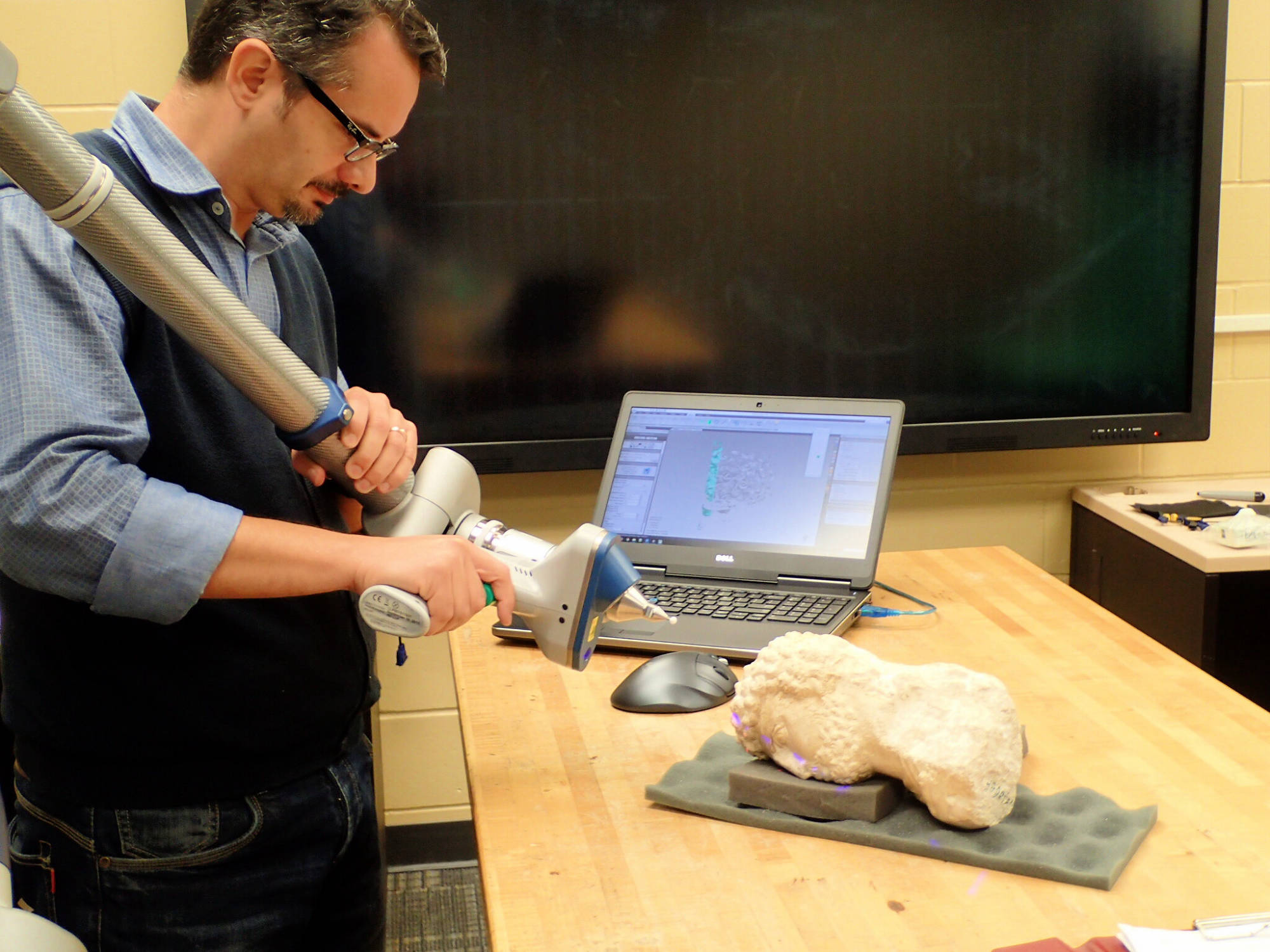
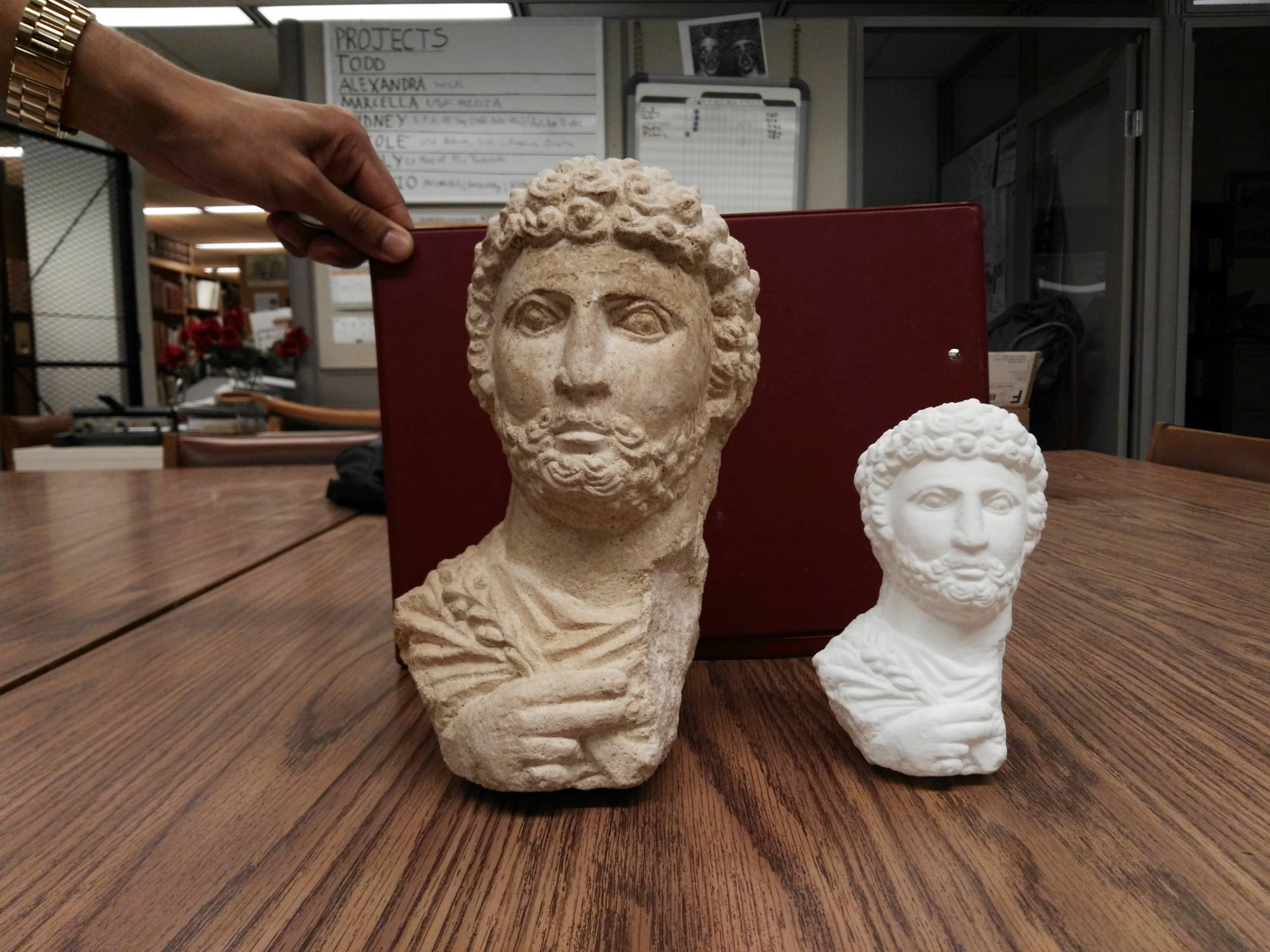
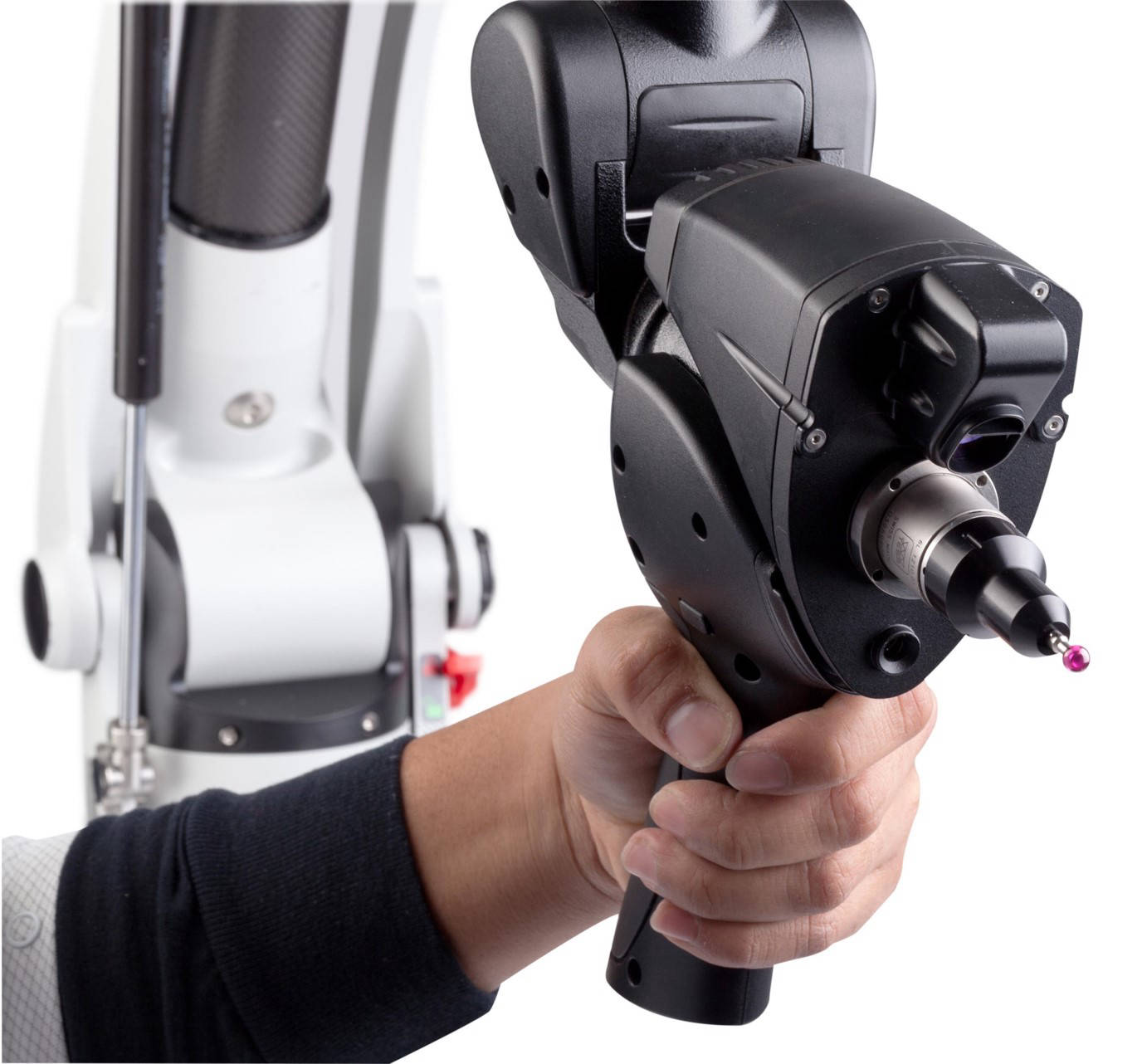
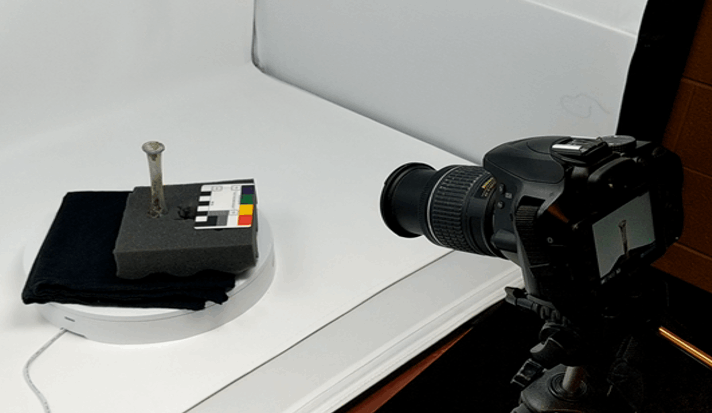
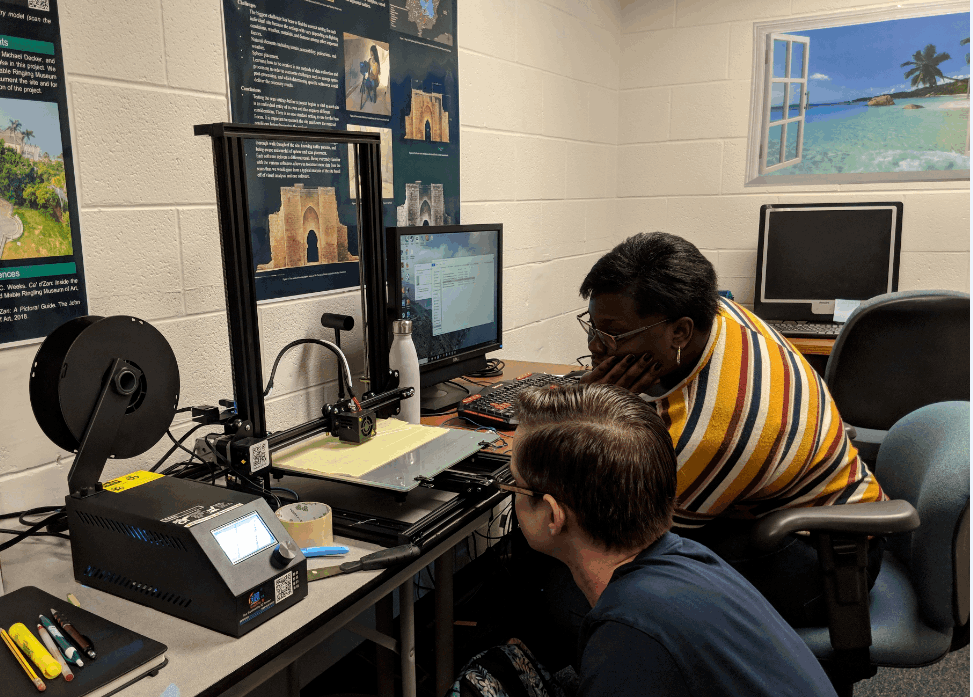
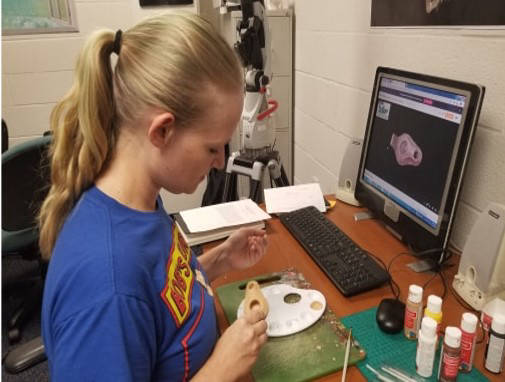
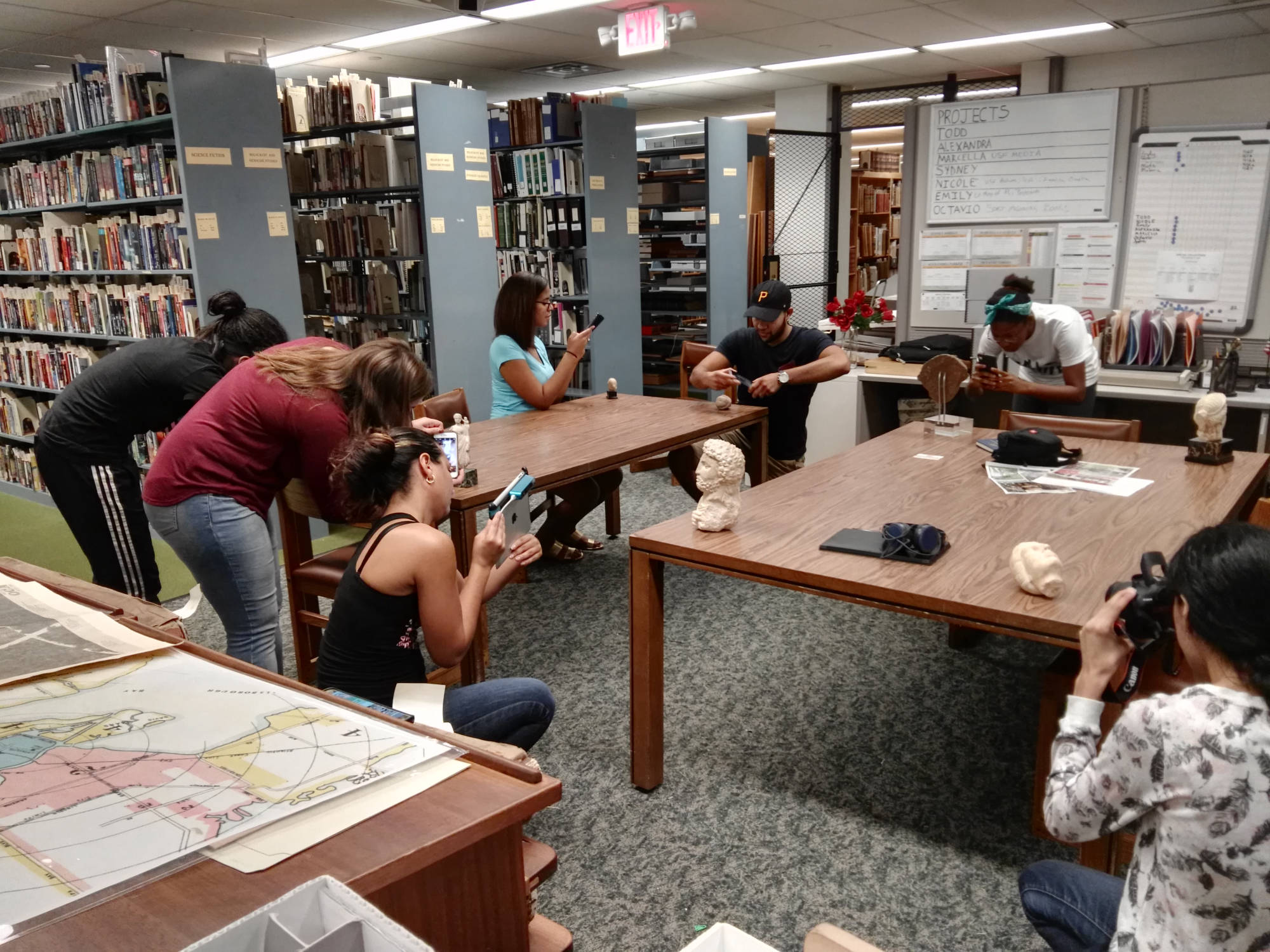
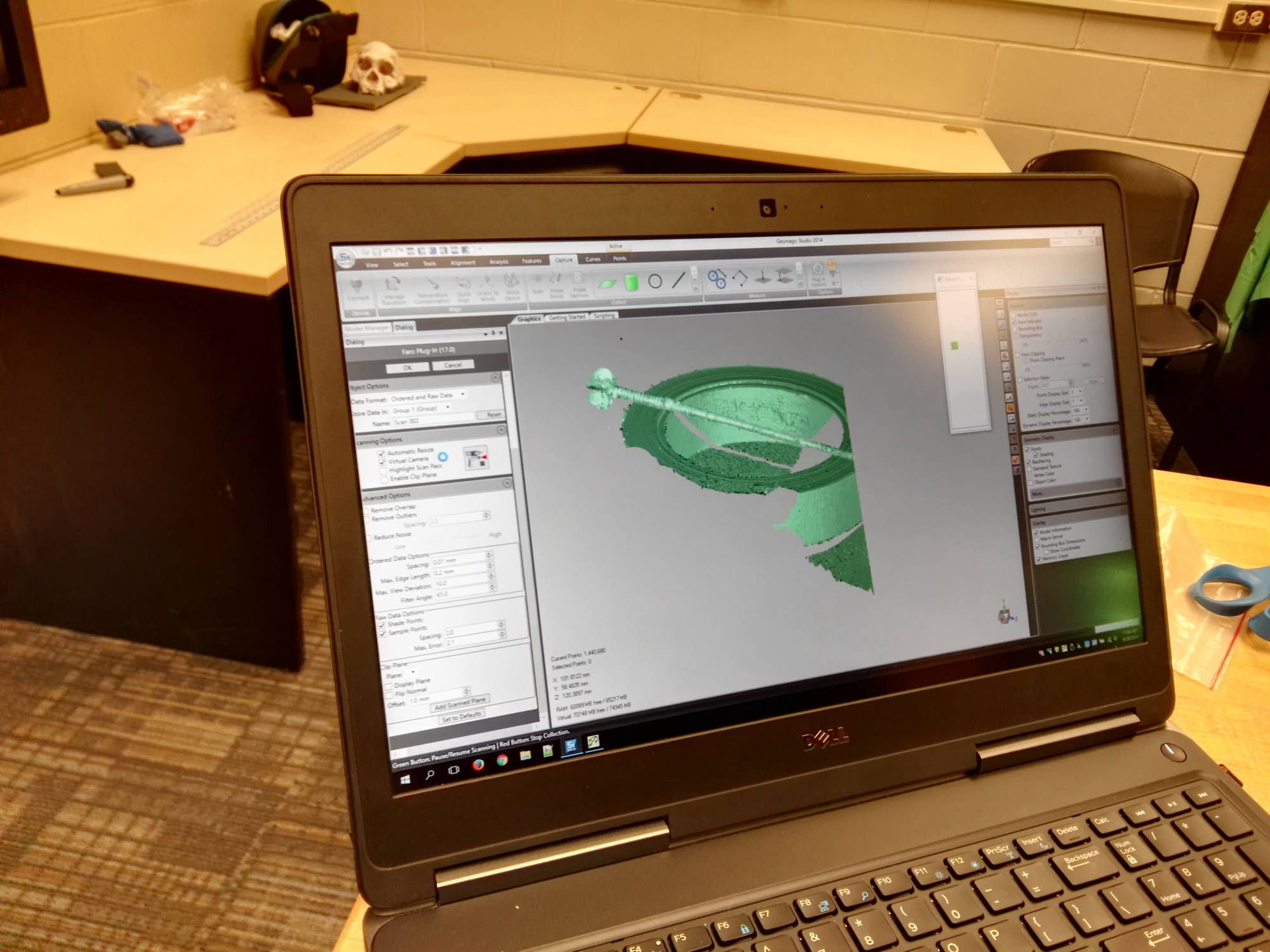
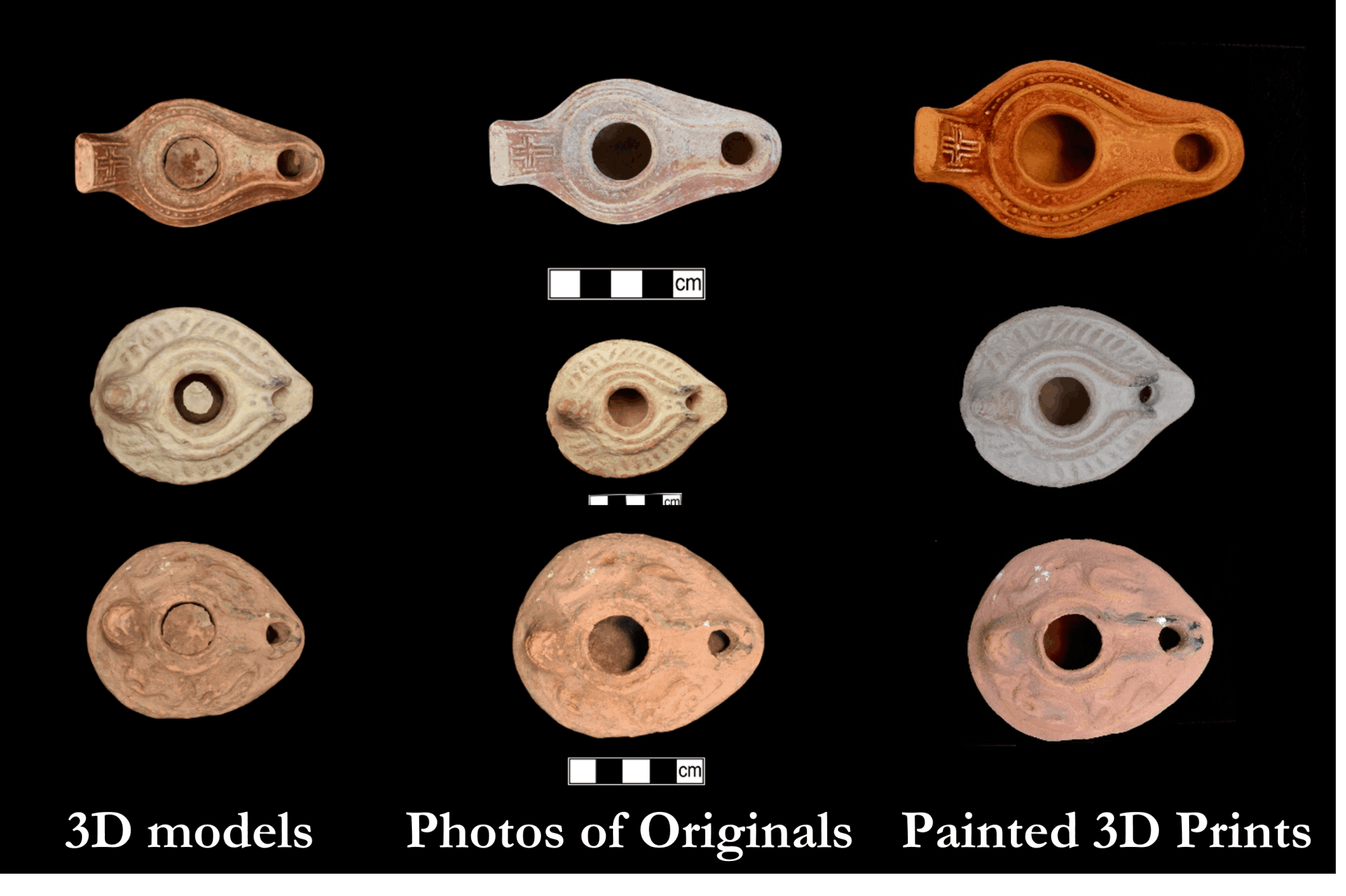
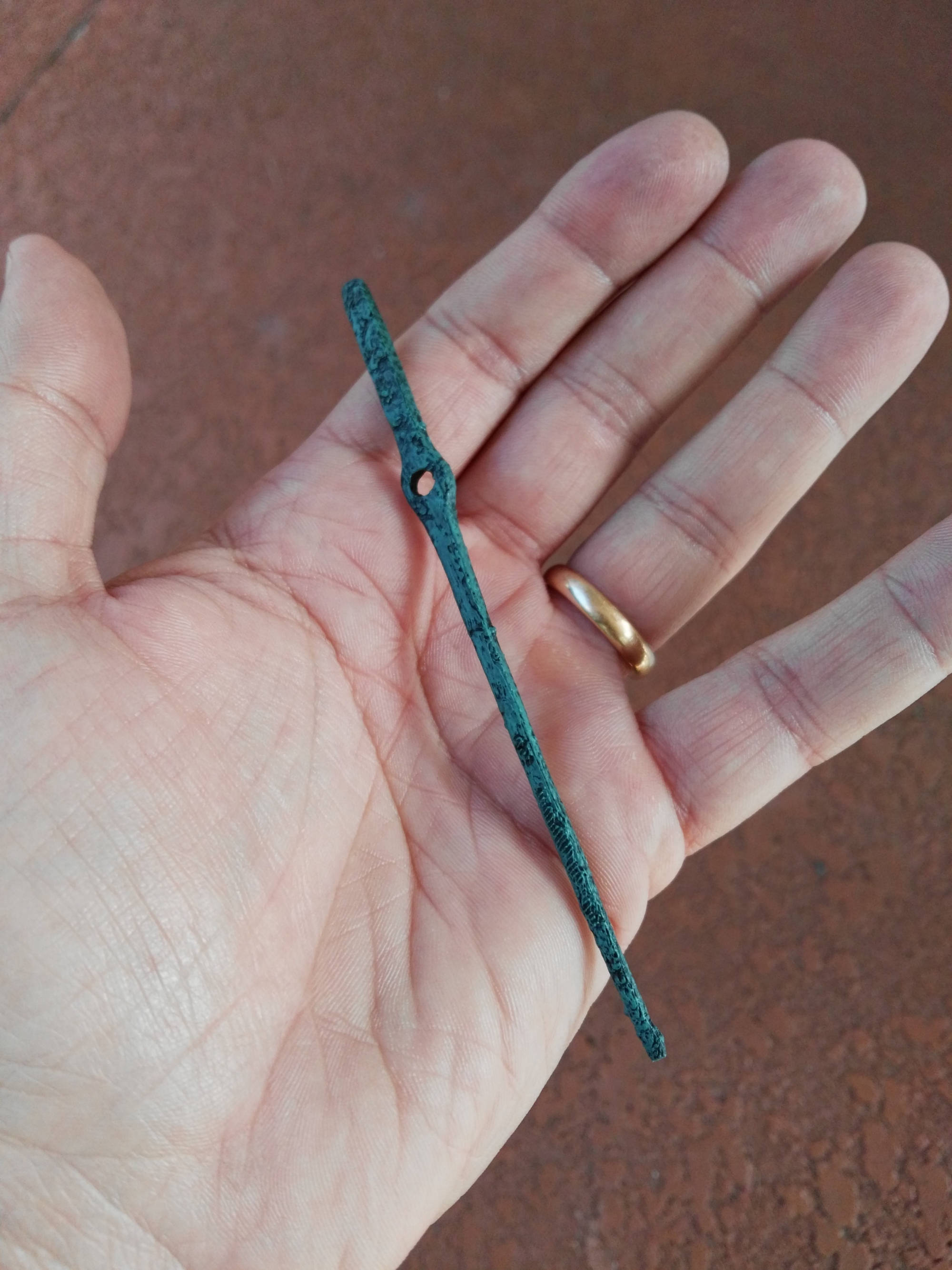
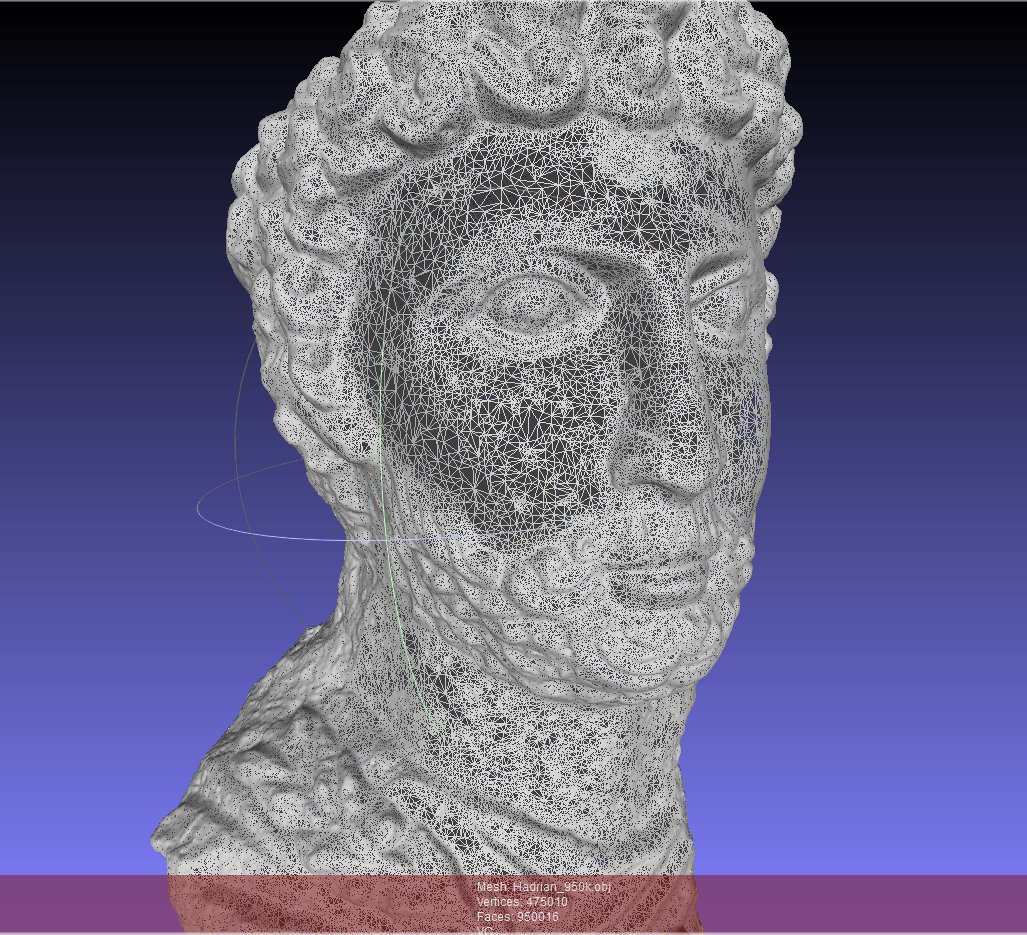
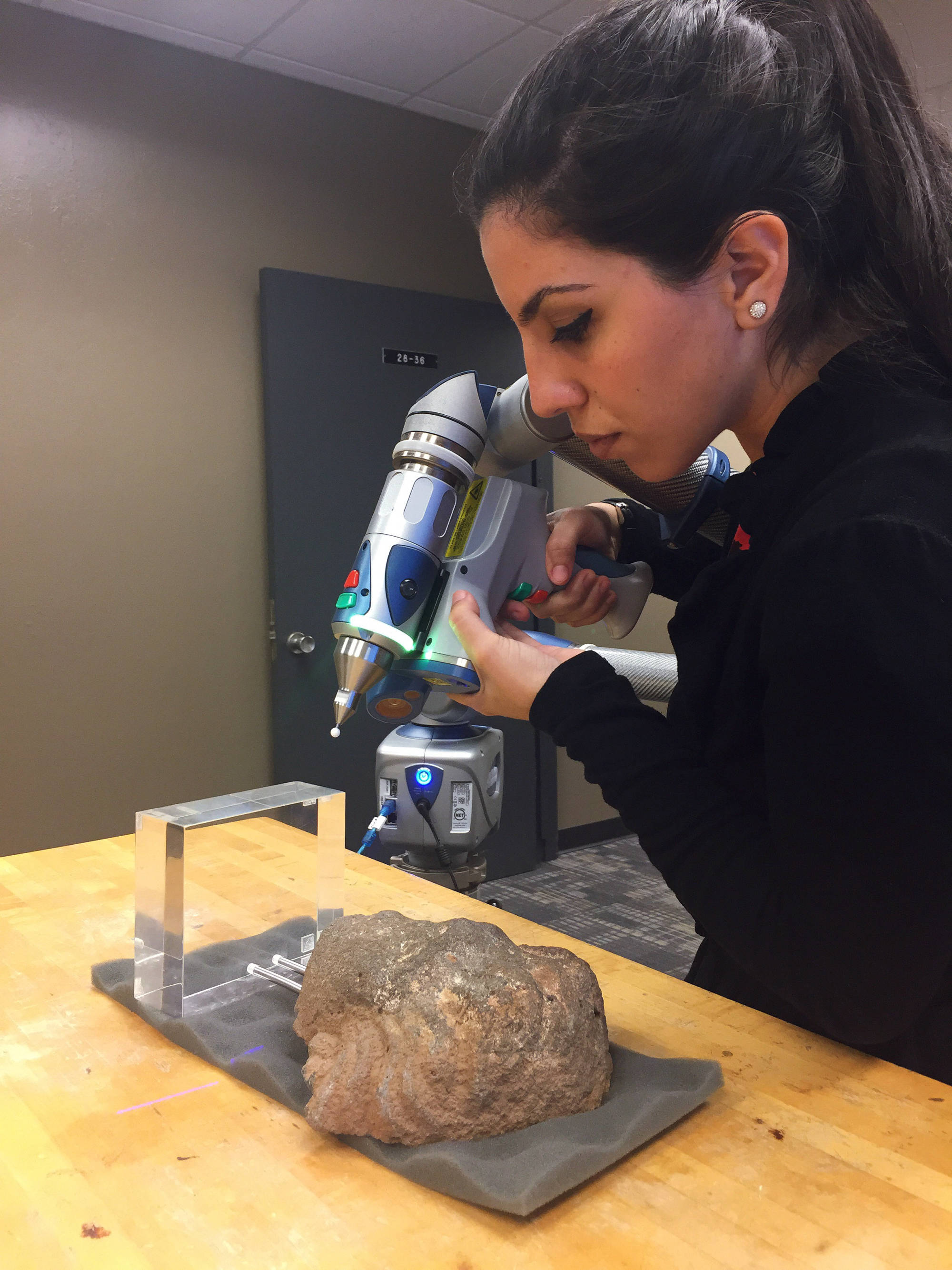
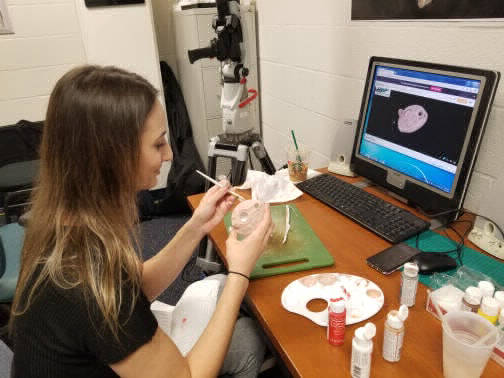
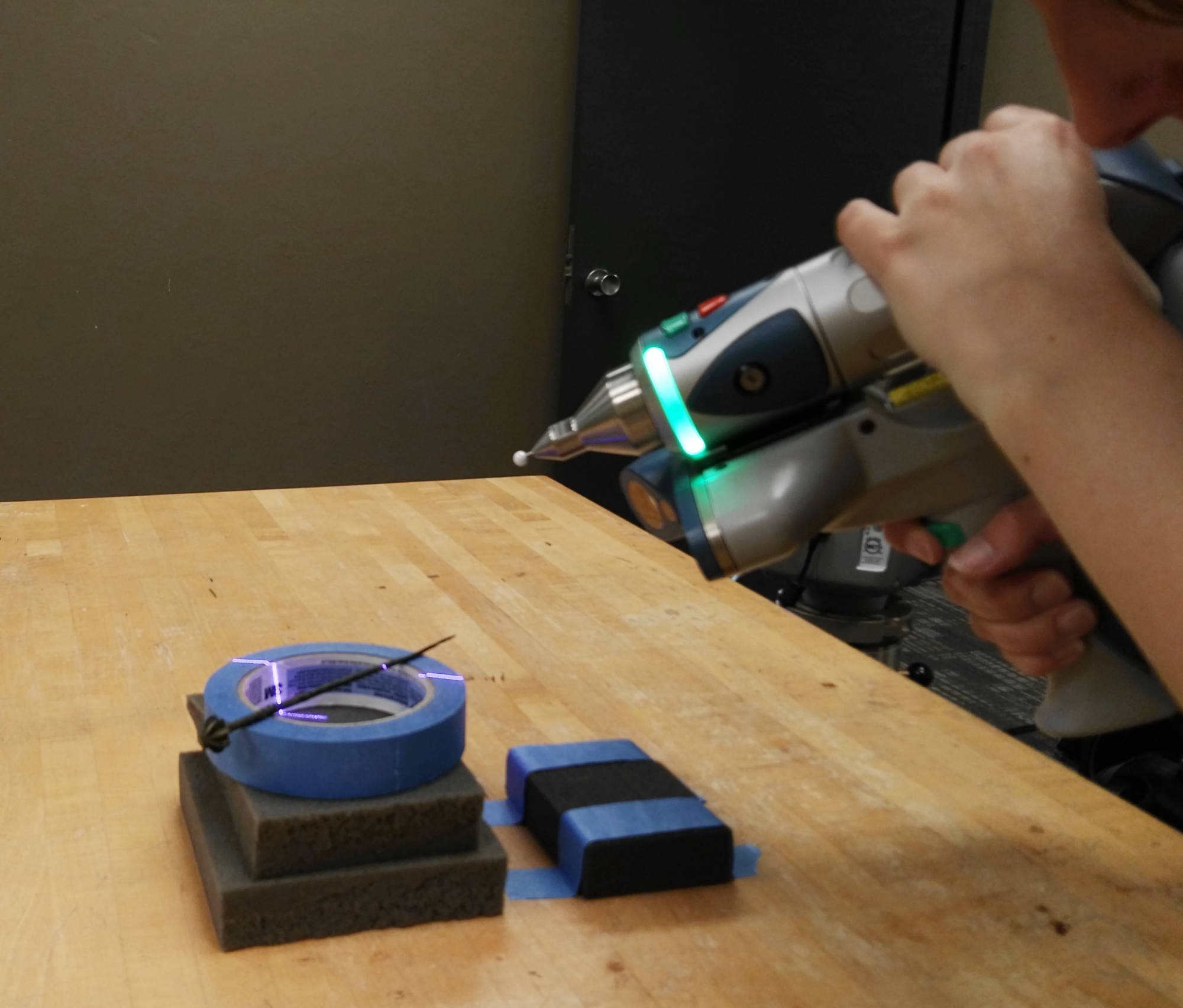
3D Scanning
Processing of 3D Data
Solid color intro with an image on the right side. Also this block has no paddings.
Textured 3D Model
Virtual Reality Application
The virtual collection of 3D models was initially made available on the IDEx's digital platformn as a stand-alone Skecthfab gallery. Subsequently it was incorportated as a collection in the digital repository of USF Libraries.
In 2021, a selection of artifacts from the Karam collection were for the first time presented to the public at the Tampa Museum of Art with the exhibition Highlights from the Karam Collection, in anticipation of the acquistion by the museum of the entire collection. Foir that exhibition, IDEx created an ad hoc digital catalogue.
Media resource:
Virtual Karam: The Digital Afterlife of a Lebanese Archaeological Collection, by Dr Davide Tanasi, Tampa Museum of Art. Antiquities Circle Lecture Series, 12/12/2021.
Further readings:
D. Tanasi, S. Hassam, K. Kingsland 2019, Virtual Karam Collection: 3D Digital Imaging and 3D Printing for Public Outreach in Archaeology, Visual Heritage 2018, in W. Boerner (ed), Proceedings of the 23rd Conference on Cultural Heritage and New Technologies 2018, CHNT 23, 2018, pp. 1-13